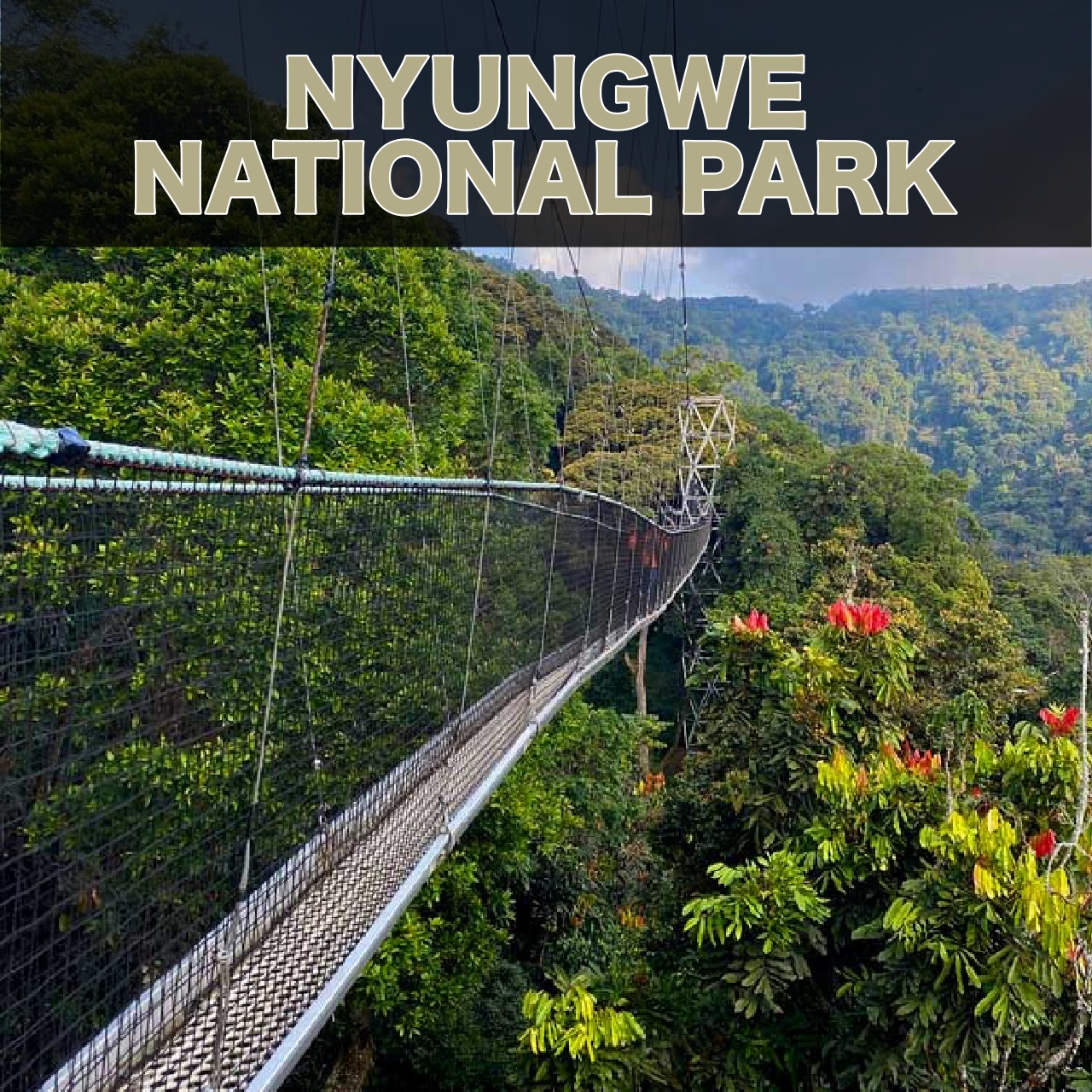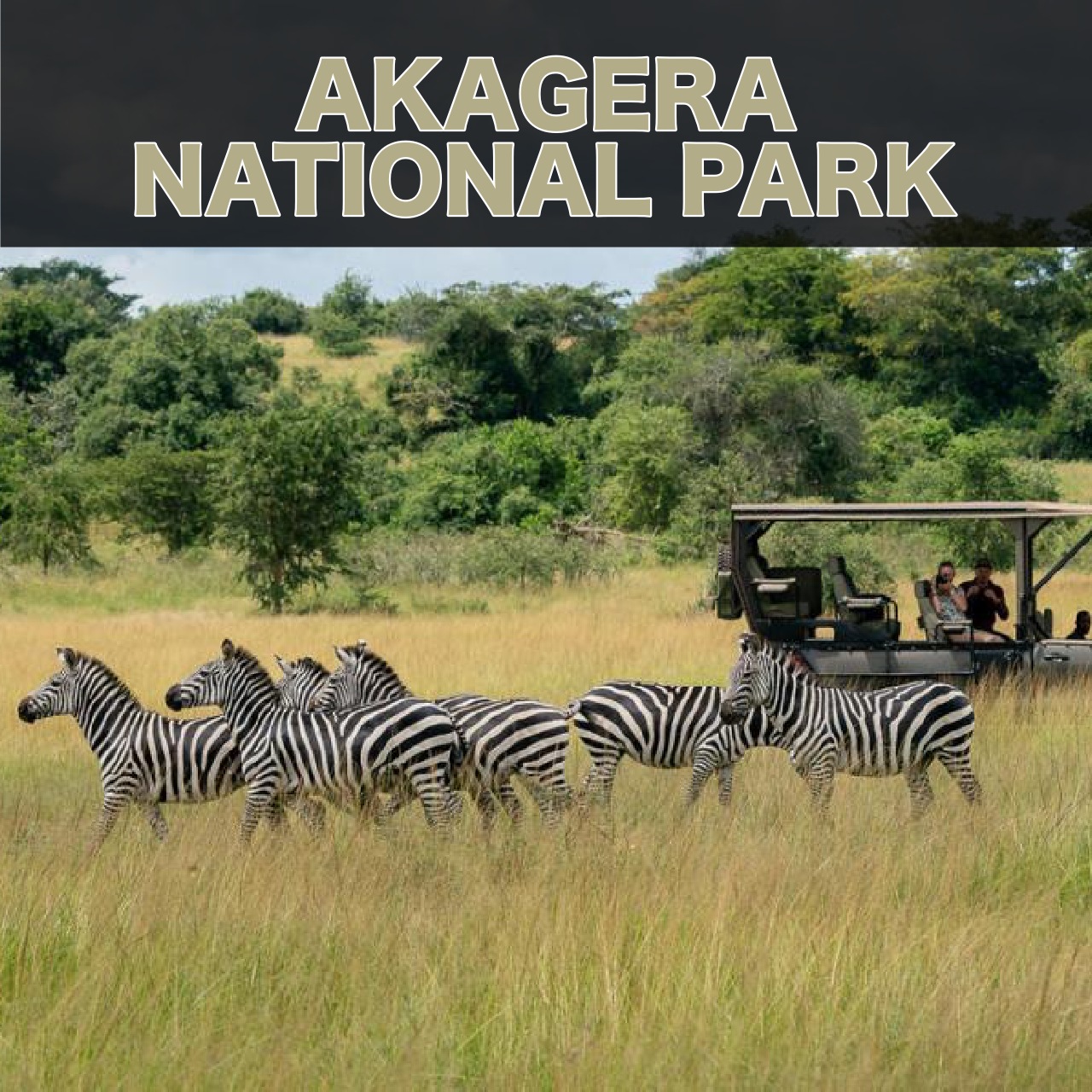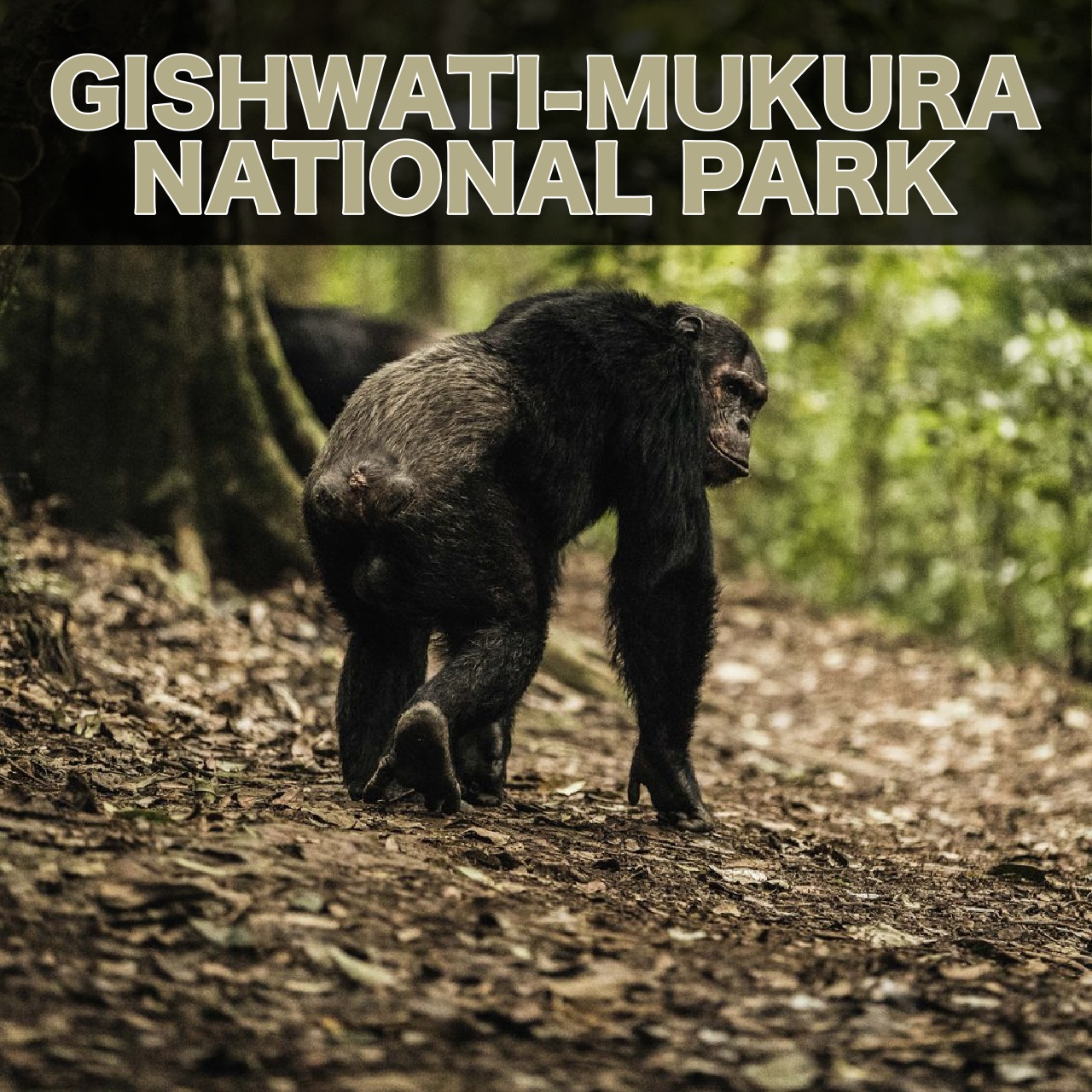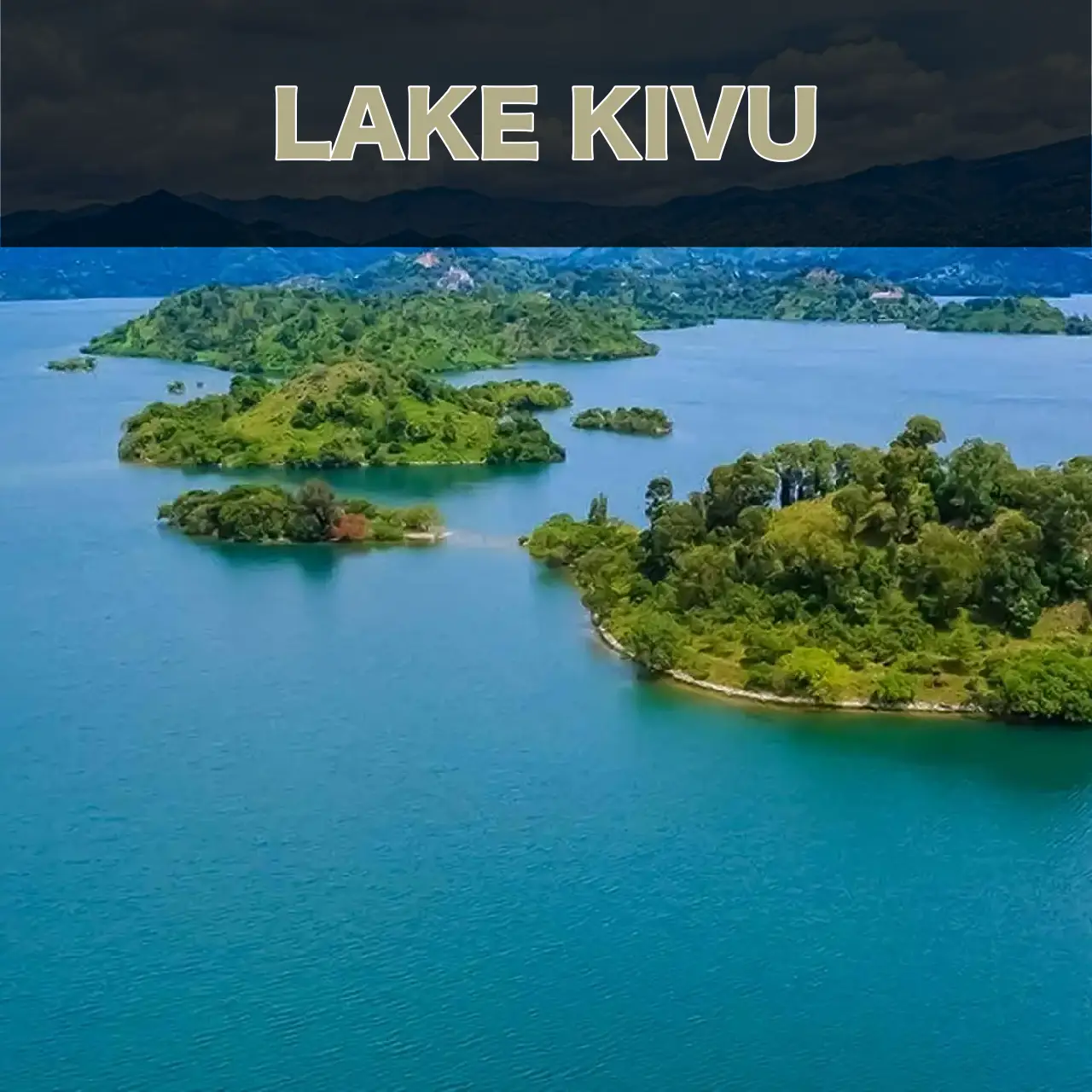GISHWATI-MUKURA NATIONAL PARK
GISHWATI-MUKURA NATIONAL PARK
Gishwati-Mukura National Park and Biosphere Reserve is Rwanda’s 4th National Park and one of the best places to explore Africa’s abundant primate and bird species. This protected area shelters a variety of endemic and endangered species from primates to bird species.
Location and park size
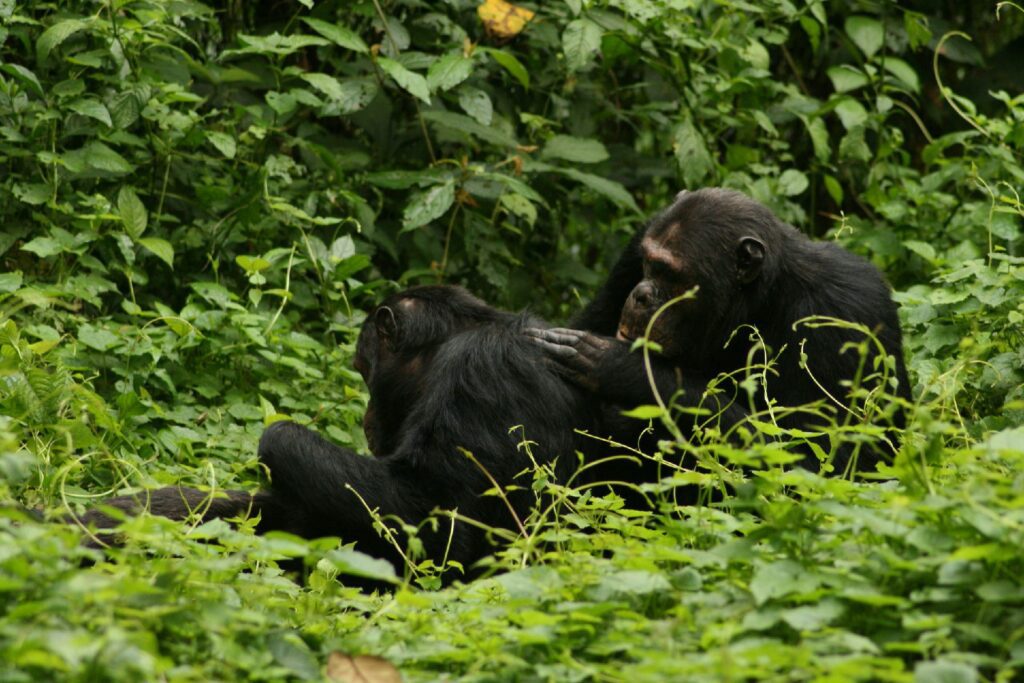 Gishwati-Mukura N/Park and Biosphere Reserve is located in Western Rwanda along the Albertine Rift Valley area. This park lies along the Congo Nile basin and was officially gazetted as a park in 2015 and in 2019, its gates opened to the public.
Gishwati-Mukura N/Park and Biosphere Reserve is located in Western Rwanda along the Albertine Rift Valley area. This park lies along the Congo Nile basin and was officially gazetted as a park in 2015 and in 2019, its gates opened to the public.
Gishwati-Mukura National Park formed after the merging of 2 protected areas –Gishwati and Mukura Forest Reserves. The park extends up to only 34sq.km and near it is a scenic Lake Kivu. Gishwati-Mukura Park boundaries stretch covering 2 districts in Western Rwanda that are Ngororero and Rutsiro.
Tourist Attractions
Gishwati-Mukura Park supports a huge concentration of fauna, avifaunal and floral species. The popular attractions in Gishwati-Mukura comprise of primates, avifaunal species and floral species.
Primates
The primates that survive within Gishwati-Mukura N/Park include over 20 chimpanzees, vervet monkeys, pottos, blue monkeys, galagos, blue monkeys, l’hoest monkeys, and golden monkeys, black & white colobus monkeys. The other mammal species that call Gishwati-Mukura NP a home include black-fronted duikers, Southern tree hyrax and Great Lake bush vipers.
Avifaunal species | Birds
More than 232 species of birds live in Gishwati-Mukura NP and majority of these are Albertine Rift endemic species. The birds that make Gishwati-Mukura Park a great birding destination include the mountain yellow warblers, Rwenzori batis, Dusky crimson wing, Red throated alethe, Handsome francolins, Martial eagle, Purple breasted sunbirds, White headed wood hoopoe, Abyssinian ground thrush, Regal sunbird, and others.
Activities to do in Gishwati-Mukura Park Rutsiro
The main experiences to enjoy on Rwanda safari tour in and around Gishwati-Mukura NP and Biosphere Reserve include primate trekking, nature walk, birding, and community visits.
Primate trekking/watching
Primate trekking in Gishwati-Mukura NP with an experienced guide involves immersing yourself into the rainforest in search of the park’s diverse primates. Some of the primates worth searching for in this biosphere reserve include chimpanzees, blue monkeys, l’hoest monkeys, baboons, golden monkeys and others. Chimpanzee tracking is part of the memorable primate treks awaiting you on Rwanda tour in Gishwati-Mukura NP.
Birding
Birding through Gishwati-Mukura involves identifying varied avifaunal species. The park is blessed with Albertine rift endemic species such as strange weaver birds, Rwenzori turacos, red-throated alethe, stripe-breasted tit, purple-breasted sunbird, Mountain yellow warblers, martial eagle, grey crowned cranes, Rwenzori turacos, Black faced apalis, white necked raven, black billed turacos, regal sunbird, and others.
The Congo Nile divide cycling experience
Embark on the Congo Nile divide cycling experience starting from Gishwati-Mukura, navigate through the remotest surrounding area. The beauty about cycling on the Congo divide is that you have a chance to navigate around the spectacular shores of Lake Kivu and also the Nyungwe Forest National Park in the Southern Province of Rwanda.
Nature/hiking excursions
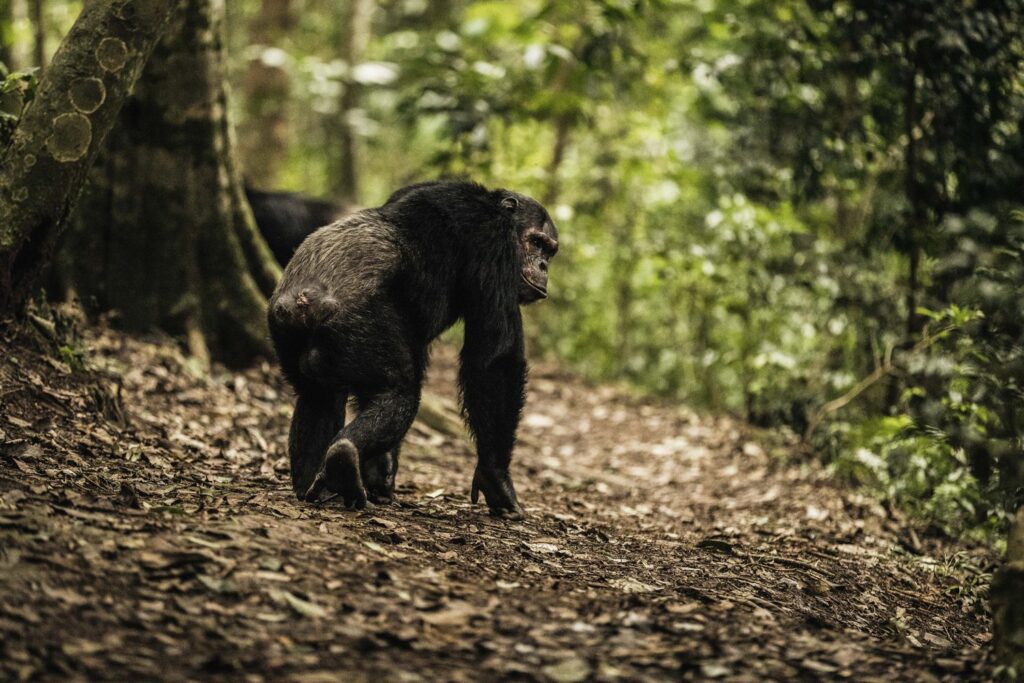 A guided nature walk through Gishwati-Mukura is a great chance to immerse yourself into the natural rainforest in search of primate species, reptiles, butterflies, and floral species. At Gishwati-Mukura, there are three marked trails worth conquering on a guided nature walk and include the waterfall trail, Umushwati, Matyazo Hill and others.
A guided nature walk through Gishwati-Mukura is a great chance to immerse yourself into the natural rainforest in search of primate species, reptiles, butterflies, and floral species. At Gishwati-Mukura, there are three marked trails worth conquering on a guided nature walk and include the waterfall trail, Umushwati, Matyazo Hill and others.
Cultural visit
Other than primate treks, there is also a chance to explore the nearby local communities adjacent to the park. There are different cultural or community activities for tourists to engage in that have been designed to promote eco-tourism. Some of the projects you should expect exploring include beekeeping, visit the traditional healers, get entertained by the traditional dance group, and many others.
Best time to travel to Gishwati-Mukura NP Rwanda
Gishwati-Mukura Park and Biosphere Reserve is an open destination all year round although the most favorite to get there is during the dry season. There is a long and short dry season –the long dry season is marked from June, July, August, September and shorter peak/dry spells occur from December, January to February. These are notable months of the year when there is little or completely no rain received at the park.
Regardless of the season, you must pack appropriately and start with essentials like long-sleeved shirts, daypack, a camera, safari hat, waterproof hiking boots, a sweater, rain jacket, and trousers.
Accommodation facilities
Gishwati-Mukura Park and Biosphere Reserve accommodation options include the Luxurious Gishwati Lodge –an eco-friendly safari lodge with 6 (six) luxury chalets. This takes up to 15 pax. The other lodging option is the Hope Guesthouse, a favorite budget accommodation option worth booking for a night stay.
How to reach the park
By road, traveling to Gishwati-Mukura NP takes between 3 and 4 hours starting from the heart of Kigali capital. Next to this spectacular park is Rubavu town which is 40 minutes’ drive.

